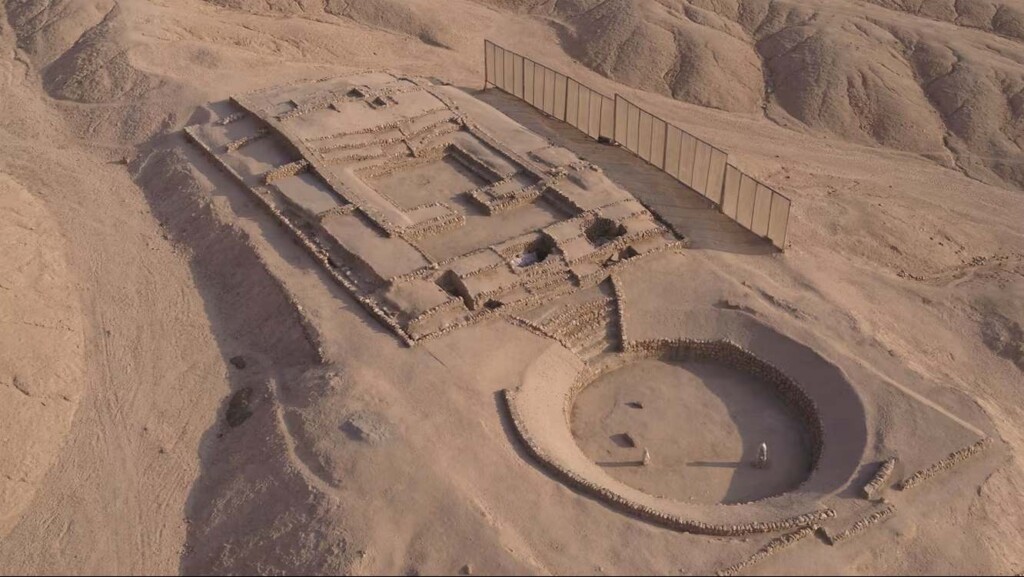
Following eight years of excavations, research, and interpretation, a newly-discovered ancient settlement in Peru has been opened to visitors.
First inhabited some 3,800 years ago north of the modern-day capital Lima, Peñico is believed to have linked remote Andean mountain settlements with the cultural, religious, and economic hubs of Caral by the coastline.
Caral-Supe is one of the oldest civilizations in the world, and oldest-known in the Americas, and Peñico likely inherited that legacy and wealth after Caral declined.
18 buildings have been identified in Peñico, which sits at 1,800 feet above sea level, including one monumental public center where higher order goods such as conch shell instruments and clay figurines were uncovered.
“This urban center developed following the cultural tradition of the Caral,” said Ruth Shady Solis, lead researcher and director of the Caral Archaeological Zone (ZAC), which is attached to Peru’s Ministry of Culture, in a press release.
“Due to its strategic location, it connected coastal and mountain towns of Supe and Huaura, as well as those living in the Andean-Amazonian and the high Andean region”.
Radiocarbon dating has shown that the oldest periods of activity in the settlement seem to correspond with the latest periods of activity in Caral, suggesting perhaps that the latter’s decline was linked to the former’s rise. There would have been some overlap of though, as the statement explains.
“After the loss of prestige of the first and oldest major cities of the Supe Valley, such as the Sacred City of Caral, the inhabitants of Peñico continued to actively participate in the networks of social and economic interaction consolidated in earlier times,” it read.
ANCIENT AMERICAS:
A similar passing of traditions occurred in Ancient Mesopotamia, when Eridu the region’s first city and religious center gave way in importance to Uruk.
“It is possible that the prestige achieved by the Peñico society in the valley, added to its function as a node in the exchange network, was linked to the extraction and circulation of hematite. This mineral, used to make a red pigment, had a high symbolic importance within Andean cosmology.”
The site is now open to archaeologically-inclined visitors, and includes trails through the ancient ruins, an interpretation center, and attached museum.
SHARE This Great New Reason To Visit Peru With Your Friends…
